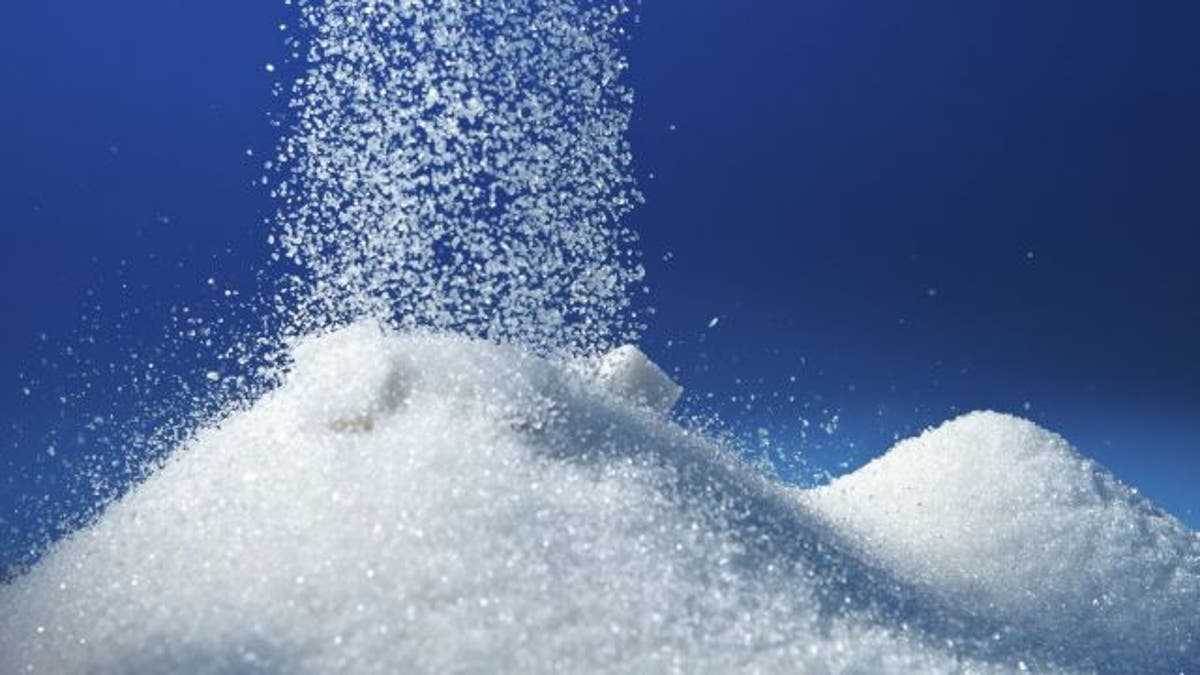
Mounting research shows that going overboard on sugar can lead to high cholesterol and blood pressure and a greater risk of cancer, diabetes, and heart disease, not to mention excess weight gain.
But there’s a difference between added sugars and the kinds found naturally in whole foods, like fructose in fruit and lactose in dairy: Eating naturally occurring sugars is generally considered healthy because they contain nutrients with metabolic benefits, such as fiber and antioxidants. Added sugars (sweeteners put into food for flavor) have no such perks; they are the type you’ll be eliminating during this challenge.
RELATED: 10 Artificial Sweeteners and Sugar Substitutes
Week 1 to-do list:
• Clean house: The more sugar you have, the more you crave it, said Dr. Mark Gold, a professor at the University of Florida College of Medicine. Sleuth out and avoid common culprits.
• Learn sugar lingo: Sound the alarm when you spot cane, syrup, nectar, words ending in “-ose,” agave, and fruit juice concentrate in ingredient lists. Dining out? Skip glazed, honey-dipped, sticky, and BBQ options.
• Purge the pantry: Throw out sugary packaged food and drinks. When in doubt, check the ingredients rather than the sugar grams; nutrition labels don’t yet specify how much of a product’s sugar is added versus natural.
• Sticker sweeteners: Put a Post-it on items like honey and brown sugar to act as a caution sign when you open the cabinet.
• Have a backup plan: Stash an emergency snack (like a banana or low-sugar Kind bar) in your bag, advised Dr. David Katz, director of the Yale-Griffin Prevention Research Center.
RELATED: 10 Coffee Drinks That Are Worse Than a Candy Bar
Week 2 to-do list:
• Start slashing: Retrain your palate by making incremental changes. “You can lower your taste for sweetness in two weeks,” Katz said.
• Measure carefully: Scoop the sweetener you think you need—then put back half. “Half a teaspoon goes a long way,” said Sally Kuzemchak, RD.
• Mix it up: Combine no-sugar-added foods with the sweet versions (think ½ cup of plain, unsweetened almond milk with ½ cup of vanilla).
• Drink only water: For a full week, down H20 instead of sodas (including diet kinds) and fruit juices.
RELATED: 9 Ways to Quit Sugar for Good
Week 3 to-do list:
• Plan long-term: You’ve upped your sugar IQ and neutralized your sweet tooth. “After about three months, this diet overhaul will be the new familiar,” Katz said.
• Eat dessert: Going cold turkey can cause headaches and cravings for some—so have a well-portioned treat if you want it.
• Increase healthy fat: Add a “good” fat—avocado, olive oil—to every meal, urged Dr. Mark Hyman, director of the Cleveland Clinic’s Center for Functional Medicine: “Healthy fats shut off receptors in your brain that stimulate sweetness cravings.”
Stick to a schedule: Aim to eat your meals and snacks at the same time each day. “Having a routine keeps you from getting caught off guard by hunger and giving in to something that comes in a wrapper,” said Maria Rodriguez, RD, program manager of the Diabetes Alliance at the Mount Sinai Health System.




















